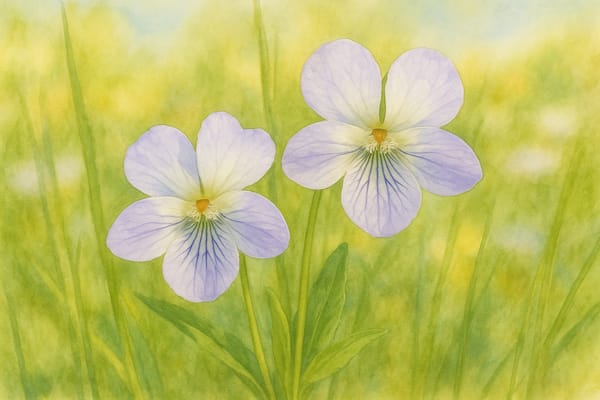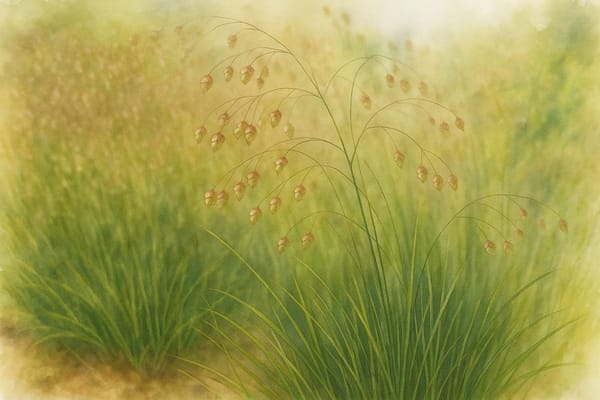A Vanishing Bloom of Britain’s Lost Wetlands
Historical and Cultural Significance
Rare and fleeting, Fen Violet is one of the UK’s most elusive native wildflowers. Once widespread across fens and wet meadows, it now survives in only a few carefully protected sites—and has become a quiet symbol of Britain’s threatened wetlands.
A Rarity with a Legacy:
Although never widespread in Cornwall, its presence reflects the region’s ancient wetland heritage. More than a local curiosity, the Fen Violet serves as an ecological time capsule—an indicator of undisturbed, nutrient-poor soils and high water tables.
Folklore Echoes:
While not deeply rooted in Cornish myth, violets across Britain have long represented modesty, humility, and resilience—values especially celebrated during the Victorian era. In that context, Fen Violet stands as a floral echo of those ideals, hidden in the damp corners of a fading landscape.
A Flagship for Recovery:
Botanists prize Fen Violet for its ability to vanish and reappear, often decades later, when fenland habitats are restored. This dormancy gives it an almost mythical quality—and makes it a living symbol of hope for habitat recovery in Cornwall and beyond.
Growing Fen Violet in Coastal Gardens
Though not naturally coastal, Fen Violet can thrive in carefully crafted microhabitats that mimic its native fens—cool, moist, humus-rich areas with low nutrients and partial shade.
| Requirement | Details |
|---|
| Light | Dappled shade to light sun |
| Soil | Moist, humus-rich, well-drained; neutral to slightly alkaline |
| Water | Must remain moist but not waterlogged |
| Salt Tolerance | Low; requires shelter from salt spray |
| Hardiness | Hardy in the UK |
Care Tips for Success
- Location:
Choose a sheltered border or damp woodland edge—ideally near a pond or in a low-lying dip that stays moist year-round. Avoid exposed coastal wind or direct salt exposure. - Soil Prep:
Add plenty of compost or leaf mould to improve structure and moisture retention. Avoid using fertilizers, which can encourage dominant competitors. - Watering:
Maintain even moisture throughout the growing season, especially in dry spells. Do not allow the soil to dry out completely. - Propagation:
Best attempted through division in early autumn. Seeds can be difficult to germinate without specialist techniques. - Ongoing Care:
Keep surrounding vegetation low with light grazing or mowing to reduce competition. Avoid mulching or disturbing the soil where seed may be dormant. - Pests:
Generally resilient but may be browsed by slugs and snails. Good ventilation helps prevent rot or mildew.
Special Notes for Coastal Gardens
Though delicate and rare, Fen Violet can be grown in coastal gardens that include wetland features. Think of it as a conservation gesture—a quiet homage to Cornwall’s overlooked fen fragments.
Use it to enrich wildflower margins or naturalised ponds where cool air and filtered sun prevail. Its small, pale blooms might be easy to miss, but their presence marks a gardener’s care and commitment to protecting fragile beauty.
Quick-Glance Table
| Step | Traditional Tip |
|---|
| Site & Soil | Sheltered, cool, moist alkaline soil |
| Watering | Keep evenly moist; avoid standing water |
| Propagation | Divide clumps in autumn; seed difficult without expert care |
| Maintenance | Avoid fertiliser; keep surrounding growth in check |
| Coastal Use | Suitable in damp borders or pond edges, protected from salt and wind |











